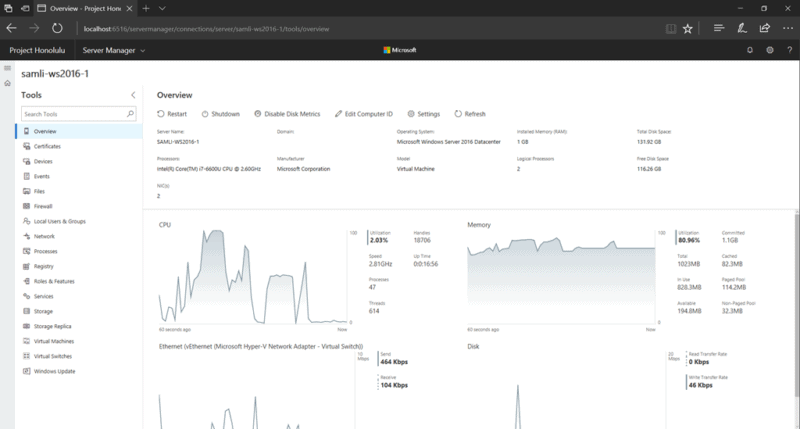
The next version of Windows Server will be branded Windows Server 2019, and it’ll be out in the second half of the year.
This isn’t tremendously surprising, as it fits with the schedule Microsoft has already committed to that splits Windows between a Long Term Servicing Channel (LTSC), with 10 years of support and a release every three years, and a Semi-Annual Channel (SAC) with 18 months of support and a release every six months. Windows Server 2019 will be an LTSC release, and it’ll also have a corresponding Windows 10 release.
Highlights of the next version will be the new Project Honolulu Web-based interface, the integration the Windows Subsystem for Linux, and greater support for containers.
While the Windows 10 SAC releases are full operating systems, the Windows Server ones are not; the Windows Server SAC releases only support the Server Core and Nano Server container deployments. Critically (and for reasons that Microsoft has never adequately explained), they lack the full desktop experience, making them unsuitable for Remote Desktop workloads; only Windows Server LTSC releases offer this. The LTSC releases are supported by software such as Office to enable these scenarios, but the discrepancy means that Remote Desktop hosts have no ability to offer their clients the same Windows 10 desktop experience as they would achieve with Windows 10 SAC.
Preview versions of Windows Server 2019 are available now to Windows Insiders.
